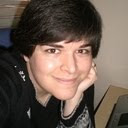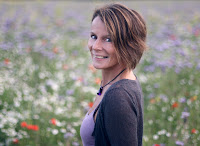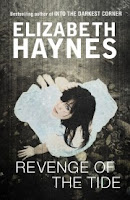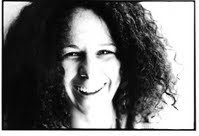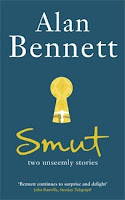
Hello Vanessa! First of all, I would like to congratulate you on the publication of The Coward’s Tale , out in paperback at the end of March. Can you please tell us what it is about? A: Thank you very much! The book is the story of a small town in south Wales, where Laddy Merridew, a boy of ten, has been sent to stay with his grandmother while his parents sort out their failing marriage. He befriends an old man called Ianto Jenkins - a beggar who lives in the chapel porch. In exchange for a coffee or some sweets, Ianto will tell stories - funny, sad, poignant and strange - about the people of the town, and why some of them do eccentric things. The stories all go back to a coal-mining accident on a September day several generations ago. But for all the storytelling, Ianto has bever told anyone the story of what happened to him that day. He seems to recognise someone in the young boy - and begins to reveal his own story for the first time. You now live in Lewes, East Sussex, but you’re o...







